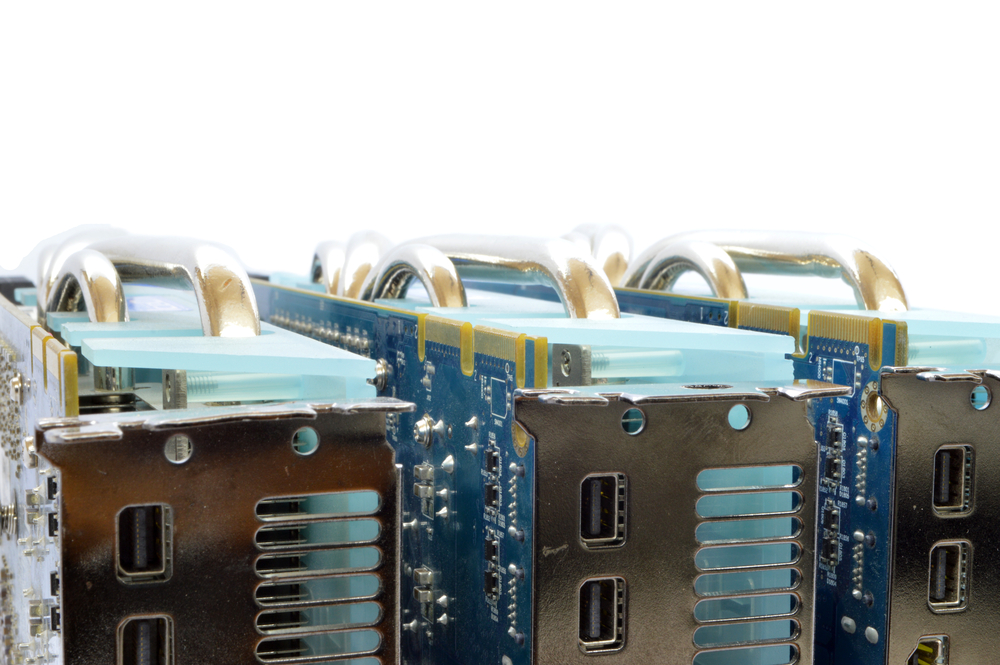Cryptocurrency miners often focus on mining only one coin at a time. While that may seem to be the most efficient solution, the concept of merged mining should not be overlooked by any means. In fact, merged mining does not take away any hashing power from the coin users are mining, yet it allows them to earn additional currencies on the side.
Merged Mining Is An Underappreciated Process
As the term “merged mining” suggests, this protocol allows users to mine multiple cryptocurrencies at the same time. For example, some mining pools who allow merged mining give bitcoin miners an option to earn additional currencies, as we covered earlier. However, it is also worth noting merged mining is not unique to bitcoin by any means, as we will discuss later on in this article.
Merged mining can only be achieved once there are multiple currencies using the same algorithm. In the bitcoin example, it is possible to merge mine Namecoin and a few other coins which use the same SHA-256 algo. What makes this principle so appealing is how it does not slow down the mining of the primary cryptocurrency by any means. Instead, this is an excellent way for low-hash cryptocurrencies to increase their network hashing power by bootstrapping onto more popular currencies.
In the SHA-256 sector, there is the option to merge mine bitcoin with Namecoin, Devcoin, and a few others. In the Scrypt mining world, Litecoin and Dogecoin can be merge mined as well. Since both these coin pairs all share the same mining algorithm, bootstrapping them onto each other is a great way to make both individual ecosystems more secure. Things get a lot more technical under the hood, though, as it requires a bit more work than just creating mining pool software capable of merged mining said currencies.
Every transaction for both networks is ordered and the individual merkle trees are hashed out. Both merge mined currencies have their blockchains classified, where one is the parent and the other serves as the auxiliary blockchain. For example, Dogecoin’s blockchain merkle root is inserted into the Litecoin blockchain’s extra nonce section. Once the information of one chain’s hashes is incorporated into the extra nonce of the other chain, it becomes possible to use one proof-of-work mining algorithm for both cryptocurrencies.
Contrary to what some people may assume, merged mining does not “clutter” the individual blockchains. It is possible tiny hashes are inserted in the transaction tree of the main cryptocurrency, but there is no “blockchain bloat” to speak of. Moreover, both hash chains remain completely independent. The auxiliary chain may see some slightly larger blocks, as an extra header and hash can be present.
Enabling merged mining requires some coding changes for the auxiliary blockchain. The auxiliary coin’s client applications will need to be modified so they can accept auxiliary proof-of-work submissions. The parent blockchain, however, does not need to be aware of the Auxiliary proof-of-work logic. In the case of Dogecoin and Litecoin merged mining, all necessary changes were introduced by the Dogecoin developers.
If you liked this article, follow us on Twitter @themerklenews and make sure to subscribe to our newsletter to receive the latest bitcoin, cryptocurrency, and technology news.

